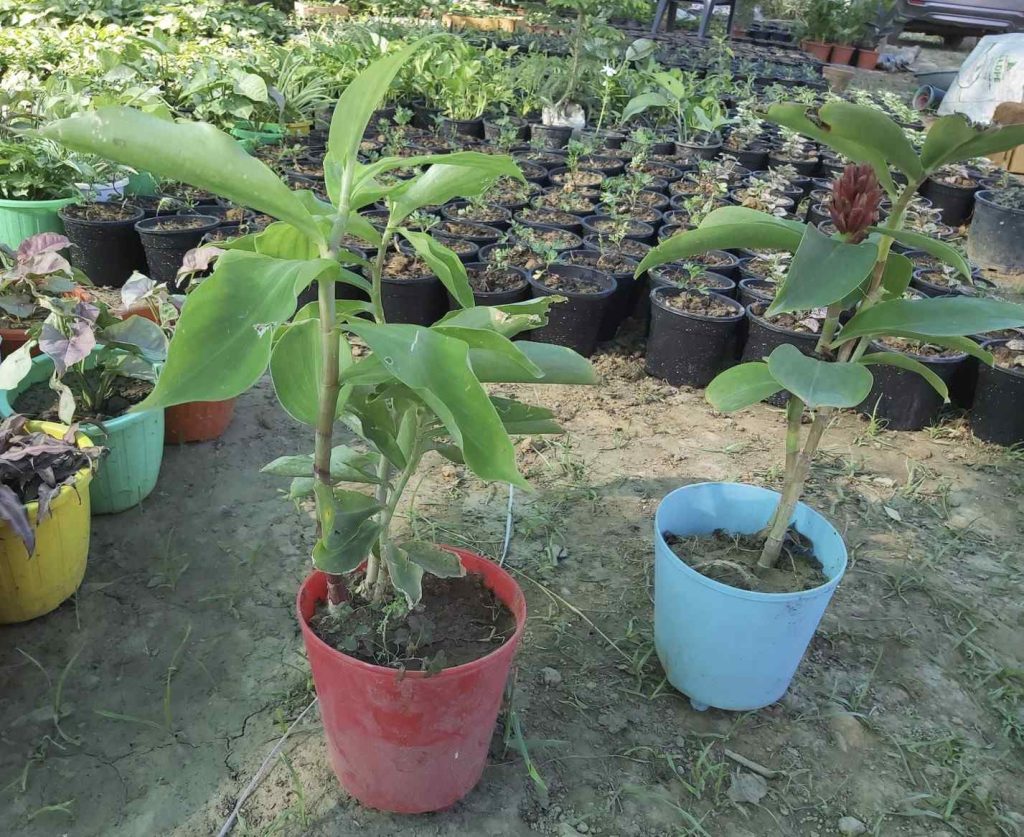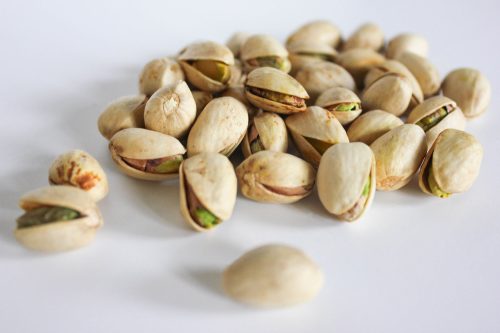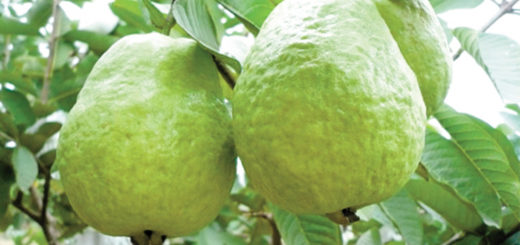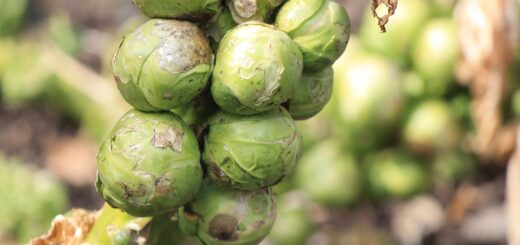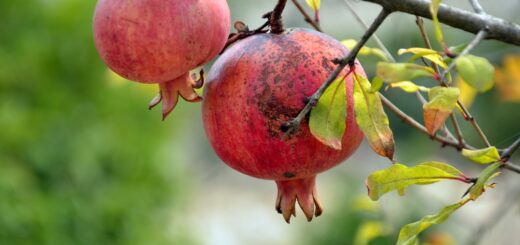Insulin Plant: An Ayurvedic Herb that can Reverse your Diabetes
In a world where modern medicine often takes center stage in our quest for well-being, it’s easy to overlook the treasures that nature offers. When it comes to managing diabetes, the ancient wisdom of herbal remedies has found renewed significance. One such natural marvel that has captured attention is the Insulin Plant, scientifically known as Costus Igneus.
As we dive into the realm of herbal remedies for diabetes, we’ll embark on a journey to discover the remarkable potential of the Insulin Plant. This unassuming herb, with its lush green leaves and unpretentious appearance, holds the promise of assisting those grappling with the challenges of diabetes.
But before we delve into the intricacies of this herbal wonder, let’s take a moment to grasp the magnitude of the diabetes epidemic. It’s a condition that affects millions worldwide, reshaping lives and healthcare landscapes in its wake. The prevalence and impact of diabetes are not to be underestimated. It’s in this context that we turn to the Insulin Plant, seeking a natural ally in the battle against this pervasive health concern.
Table of Contents
Insulin Plant For Diabetes
The Costus Igneus, is a remarkable herb native to Southeast Asia, particularly India. Its history is intertwined with traditional medicine systems like Ayurveda, where it has been revered for its potential to assist in managing diabetes.
Origin and Appearance
This herb typically thrives in tropical and subtropical regions. Its most distinctive feature is its lush, green leaves that bear a striking resemblance to elongated teardrops. They are glossy, smooth, and possess a slightly reddish tint at the base. When fully grown, the Insulin Plant can reach heights of about 2 to 4 feet, making it an accessible addition to home gardens and natural remedies.
Traditional Uses
Throughout history, the Insulin Plant has been used for various health purposes, including treating diabetes. Its leaves are often consumed to harness its potential benefits. Traditional practices have incorporated the fresh leaves or shade-dried leaf powder into daily diets as a complementary approach to diabetes management.
Insulin Plant Key Compounds Responsible for Benefits
The magic of the Insulin Plant lies in its bioactive compounds, which contribute to its potential health benefits. While research is ongoing, some key compounds have been identified, such as alkaloids, flavonoids, and essential oils. These compounds are believed to influence glucose metabolism and insulin sensitivity, making the Insulin Plant an intriguing natural remedy for diabetes.
The Science Behind the Insulin Plant
Unlocking the Secrets: Scientific Studies and Research
In recent years, scientific interest in the Insulin Plant has grown exponentially. Researchers have conducted numerous studies to understand its effects on diabetes and overall health.
1. Lowering Blood Sugar Levels
One of the primary focuses of research has been the plant’s potential to lower blood sugar levels. Studies suggest that compounds found in the Insulin Plant may improve insulin sensitivity, allowing glucose to enter cells more effectively. This effect can help regulate blood sugar levels, which is crucial for diabetes management.
2. Additional Health Benefits
While diabetes management is a prominent aspect, the Insulin Plant might offer other health benefits too. Some studies have explored its anti-inflammatory, antioxidant, and antimicrobial properties. These properties can potentially contribute to overall well-being.
How to Eat Insulin Plant: Methods of Use
Incorporating the Insulin Plant into your diabetes management regimen is a straightforward process. There are several methods of using this herbal remedy:
- Fresh Leaves: You can consume fresh leaves of the Insulin Plant by chewing them directly or adding them to salads and dishes for a subtle flavor.
- Leaf Powder: For convenience, many opt for shade-dried leaf powder, which can be mixed with water or sprinkled over meals.
Dosage and Frequency
The appropriate dosage may vary from person to person, and it’s essential to consult with a healthcare provider or herbalist for personalized guidance. Generally, a teaspoon of shade-dried leaf powder or a fresh leaf daily is a common starting point.
Incorporating Into Your Diet
To make the Insulin Plant a seamless part of your daily routine, consider blending it into diabetes-friendly recipes. Smoothies, herbal teas, or incorporating it into vegetable dishes can add a healthy twist to your diet.
Safety and Precautions
Safety First: Considerations for Usage
As with any herbal remedy, it’s crucial to be aware of potential side effects and interactions, especially if you’re currently taking medications. Here are some safety considerations:
- Insulin Plant Side Effects: While generally safe, some individuals might experience mild gastrointestinal discomfort or allergic reactions. If you notice any side effects, stop consuming and consult a healthcare professional.
- Medication Interactions: The Insulin Plant may interact with diabetes medications, potentially leading to low blood sugar levels (hypoglycemia). It’s vital to monitor blood sugar closely when incorporating this herb into your regimen, under the guidance of a healthcare provider.
Recommendations for Complications
If you have diabetes-related complications or other underlying health issues, it’s even more critical to consult with a healthcare provider before using herbal remedies like the Insulin Plant. They can provide tailored guidance and ensure your safety.
Integrating this plant into Diabetes Management
One of the most exciting aspects of the Insulin Plant is its ability to complement existing diabetes treatments. Here, we’ll explore how it fits into a holistic approach to diabetes management.
1. Enhancing Diabetes Treatments
The Insulin Plant can enhance the effects of prescribed diabetes medications or insulin therapy, potentially leading to more stable blood sugar levels. However, it’s crucial to work closely with a healthcare provider to adjust medication dosages as needed.
2. Holistic Diabetes Management
Effective diabetes management extends beyond medication. It involves making lifestyle adjustments, including adopting a balanced diet and engaging in regular physical activity. The Insulin Plant can be a valuable addition to this holistic approach.
3. Reducing Medication Dependency
For some individuals, successful diabetes management with the Insulin Plant may lead to a reduction in the reliance on medication. This transition should always occur under the supervision and guidance of a healthcare provider, ensuring that blood sugar levels remain stable.
Conclusion
In summary, Costus Igneus, stands as a natural remedy with promising potential in the realm of diabetes management. Its origins, traditional uses, and key compounds all contribute to its allure as a complementary approach to diabetes care. Scientific research highlights its capacity to help lower blood sugar levels and possibly offer additional health benefits.
However, it’s essential to remember that the Insulin Plant is not a standalone solution. Rather, it serves as a supportive element in a comprehensive diabetes management plan. Safety precautions, personalized dosages, and healthcare provider consultations are crucial for its successful integration.
As we conclude our exploration of the Insulin Plant, we emphasize the importance of individualized diabetes care. Every person’s journey with diabetes is unique, and while herbal remedies like the Insulin Plant can be valuable allies, they are most effective when part of a holistic approach to well-being. By working closely with healthcare providers and exploring natural options, individuals can find the balance that best supports their path to better health.
